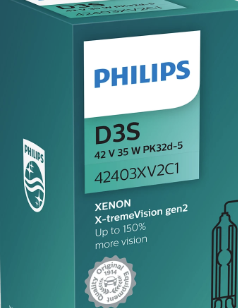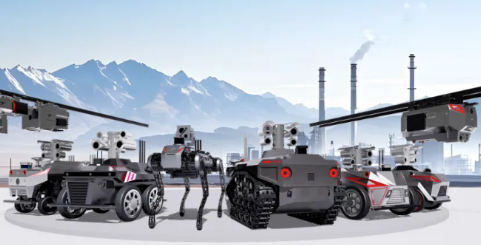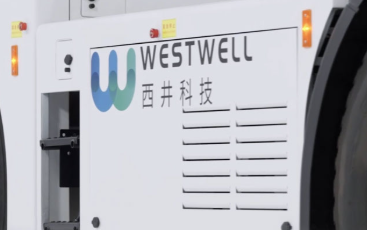Imagine turning a single snapshot of your favorite object into a fully textured, 360-degree 3D model in less than a minute. No need for complex software, expensive hardware, or hours of manual work. Stability AI's 3D Asset Generator—powered by cutting-edge AI like Stable Fast 3D and SPAR3D—has revolutionized 3D modeling, making it faster, cheaper, and more accessible than ever. Whether you're a game developer, interior designer, or e-commerce pro, this tool unlocks endless creative possibilities. Let's break down how it works, why it's a game-changer, and how you can start using it today.
Why Stability AI's 3D Asset Generator Stands Out
Traditional 3D modeling involves hours of sculpting, UV mapping, and texturing. Stability AI's solution slashes this time by leveraging AI to automate and optimize every step. Here's what makes it unbeatable:
Lightning-Fast Speed
? 0.5 seconds to generate a 3D model from a single image (vs. 10+ minutes with older models like SV3D) .? Real-time editing capabilities allow adjustments in 0.3 seconds .
Photorealistic Outputs
? High-resolution UV unwrapping and material estimation ensure textures align perfectly with geometry.? Reduced lighting artifacts for natural, studio-quality finishes .
User-Friendly Workflow
? No coding or 3D expertise required—upload an image, tweak parameters, and export.? Compatible with Blender, ComfyUI, and AR/VR platforms .
How to Use Stability AI's 3D Asset Generator: A Step-by-Step Guide
Step 1: Prepare Your Input Image
? Use a high-quality, well-lit image of your object. Avoid cluttered backgrounds.
? For best results, ensure the object fills 70-80% of the frame.
Step 2: Choose Your Model Version
? Stable Fast 3D: Best for speed (0.5s per model).
? SPAR3D: Ideal for editing and hidden geometry (supports point-cloud manipulation) .
Step 3: Generate the 3D Model
? Upload the image via Stability AI's API, Stable Assistant, or Hugging Face demo.
? Adjust settings:
? Mesh density: Balance detail vs. file size.
? Material type: Select from PBR (Physically Based Rendering) presets.
Step 4: Refine and Edit
? Use SPAR3D's point-cloud editor to:
? Delete/clone vertices.
? Adjust colors or add textures.
? Fix alignment issues (e.g., mismatched front/back details) .
Step 5: Export and Integrate
? Formats: .glb, .obj, .fbx (compatible with Unity, Unreal Engine, Blender).
? For AR/VR: Optimize polygon count for real-time rendering.

5 Real-World Applications
Game Development
? Generate placeholder assets for prototypes in minutes.? Example: Create 100+ unique furniture models for a virtual showroom .
E-Commerce
? Convert product photos into interactive 3D displays.? Boost conversion rates with immersive shopping experiences.
Architecture & Interior Design
? Visualize room layouts with customizable 3D furniture.? Test lighting and material choices digitally.
Film & Animation
? Rapidly prototype character designs or set pieces.? Integrate with motion-capture pipelines.
3D Printing
? Generate models for prototyping without manual modeling.? Reduce material waste with precise geometry.
Troubleshooting Common Issues
Problem 1: Low-Quality Textures
? Fix: Use images with clear edges and minimal reflections. Enable “Material Net” for automatic texture mapping .
Problem 2: Misaligned Geometry
? Fix: In SPAR3D, manually adjust point-cloud vertices to correct hidden areas .
Problem 3: Slow Performance
? Fix: Reduce mesh density or use GPU acceleration (requires NVIDIA CUDA support).
Stability AI vs. Competitors
| Feature | Stability AI | OpenLRM | TripoSR |
|---|---|---|---|
| Speed (per model) | 0.3–0.5s | 2s | 0.8s |
| UV Unwrapping | Automatic | Manual | Semi-auto |
| Editing Flexibility | Point-cloud level | Limited | Basic |
| Cost | Free (API tier) | $50/mo | $200+/mo |
Future of 3D Generation: What's Next?
Stability AI isn't stopping. Upcoming features include:
? Multi-image fusion: Combine multiple 2D shots into a single 3D model.
? Real-time collaboration: Edit models with teams in AR workspaces.
? AI-driven animation: Auto-generate skeletal rigs for character models.








